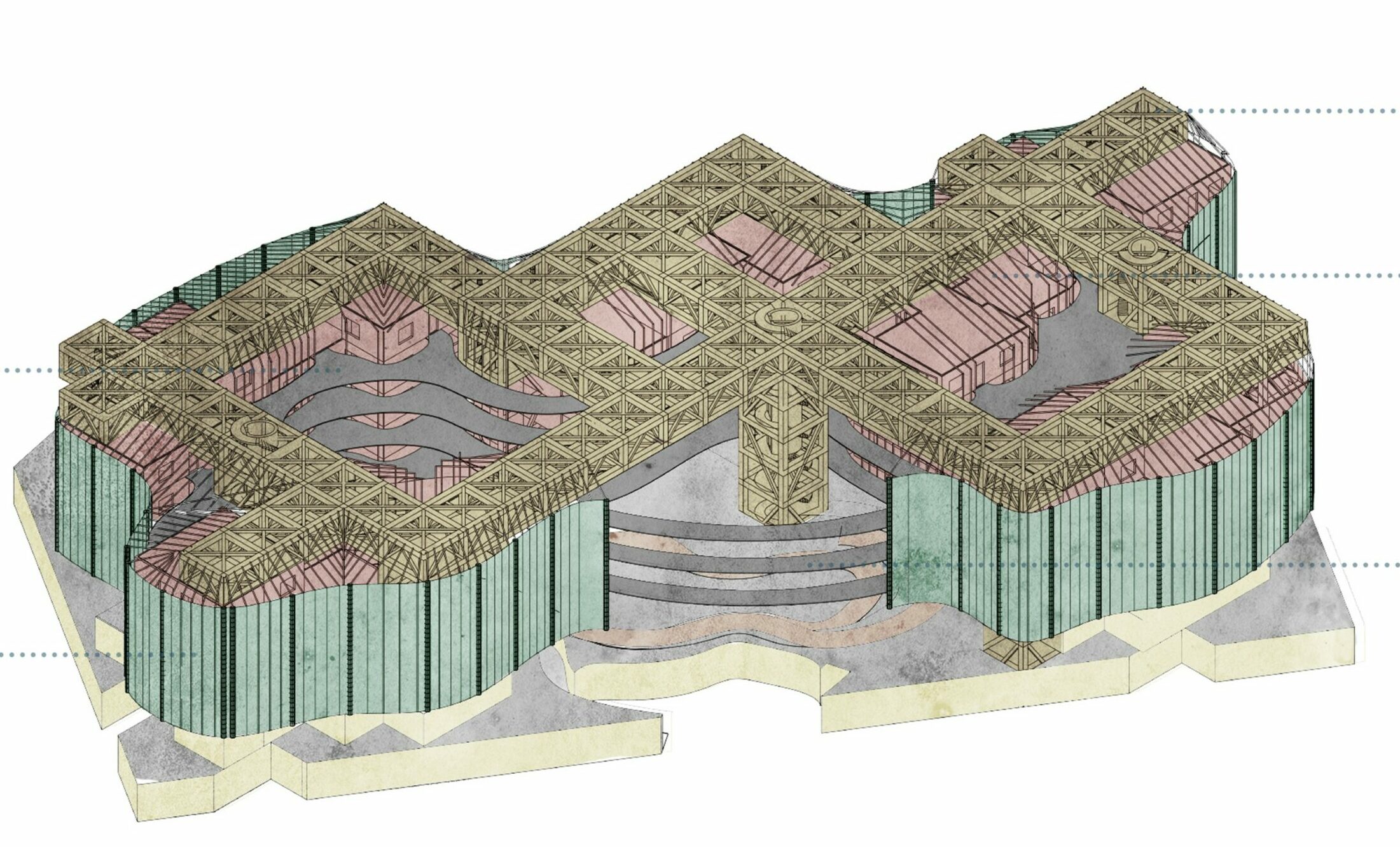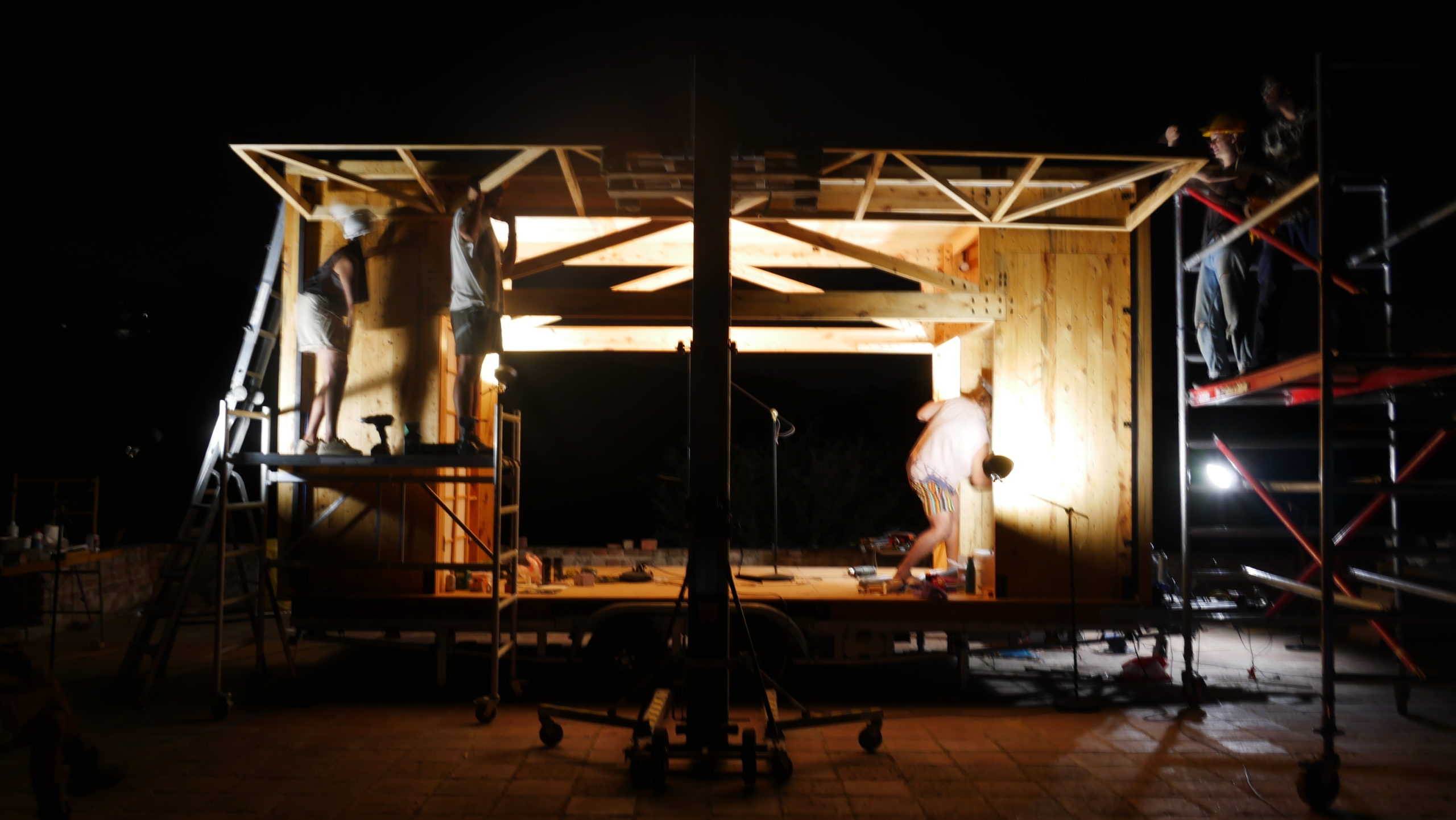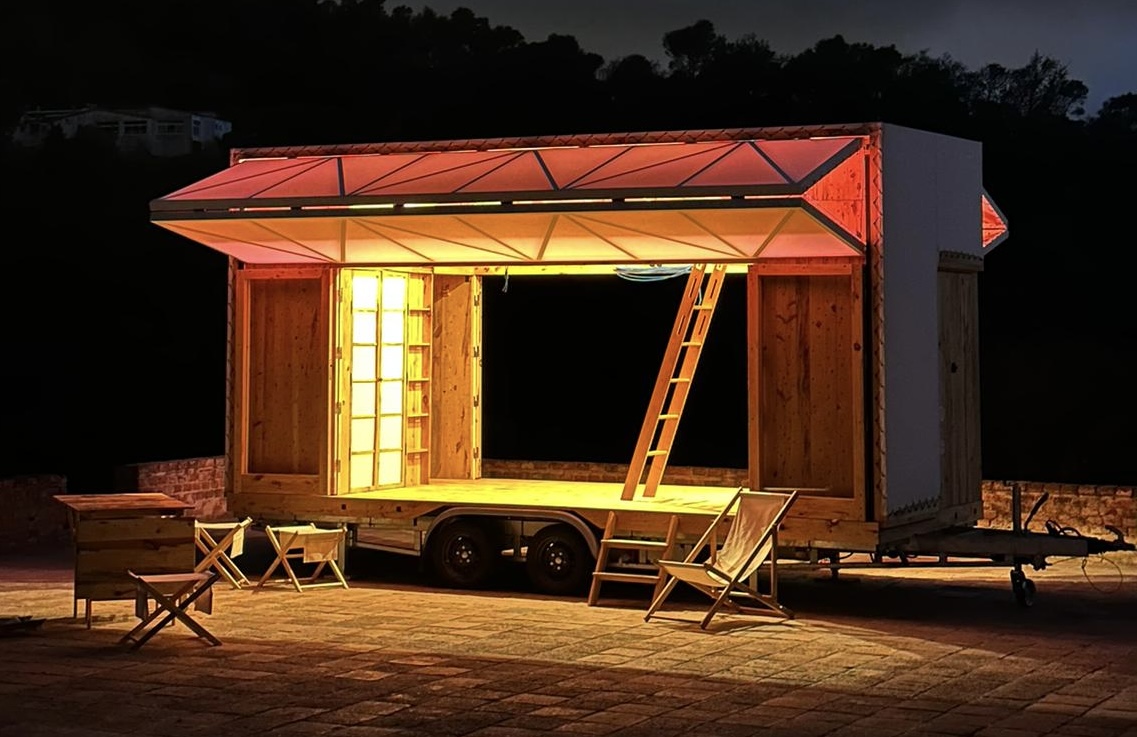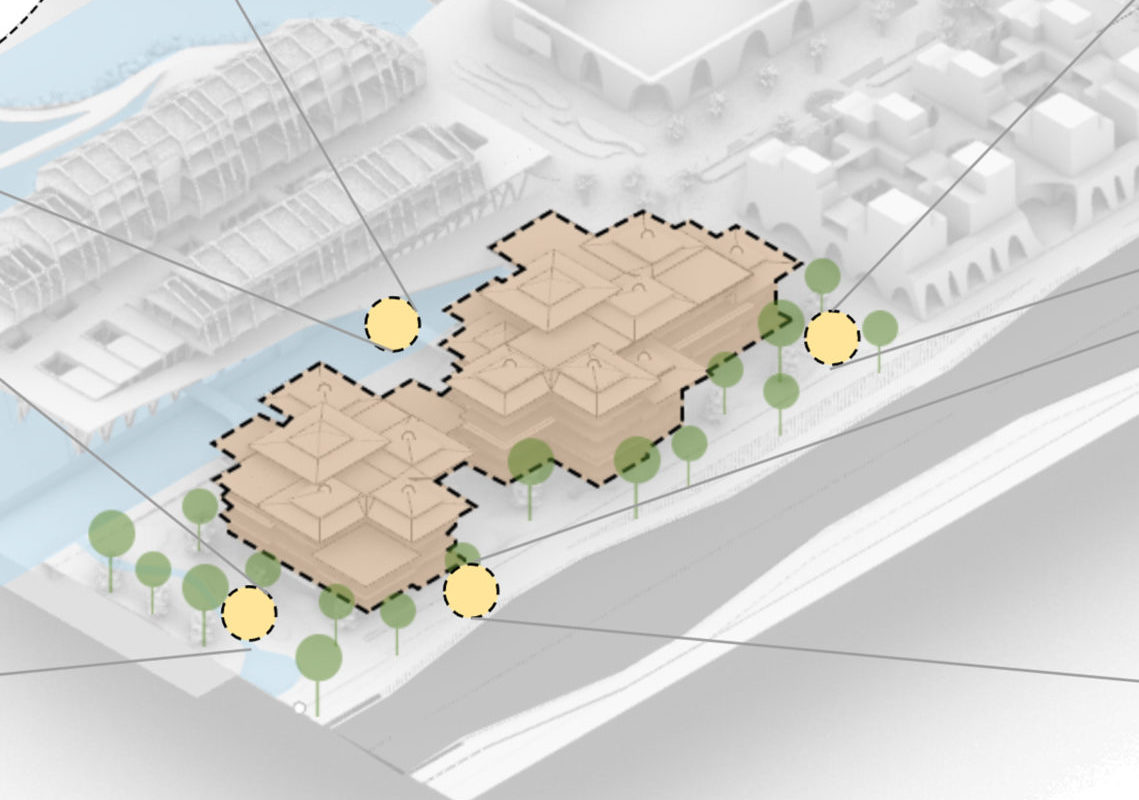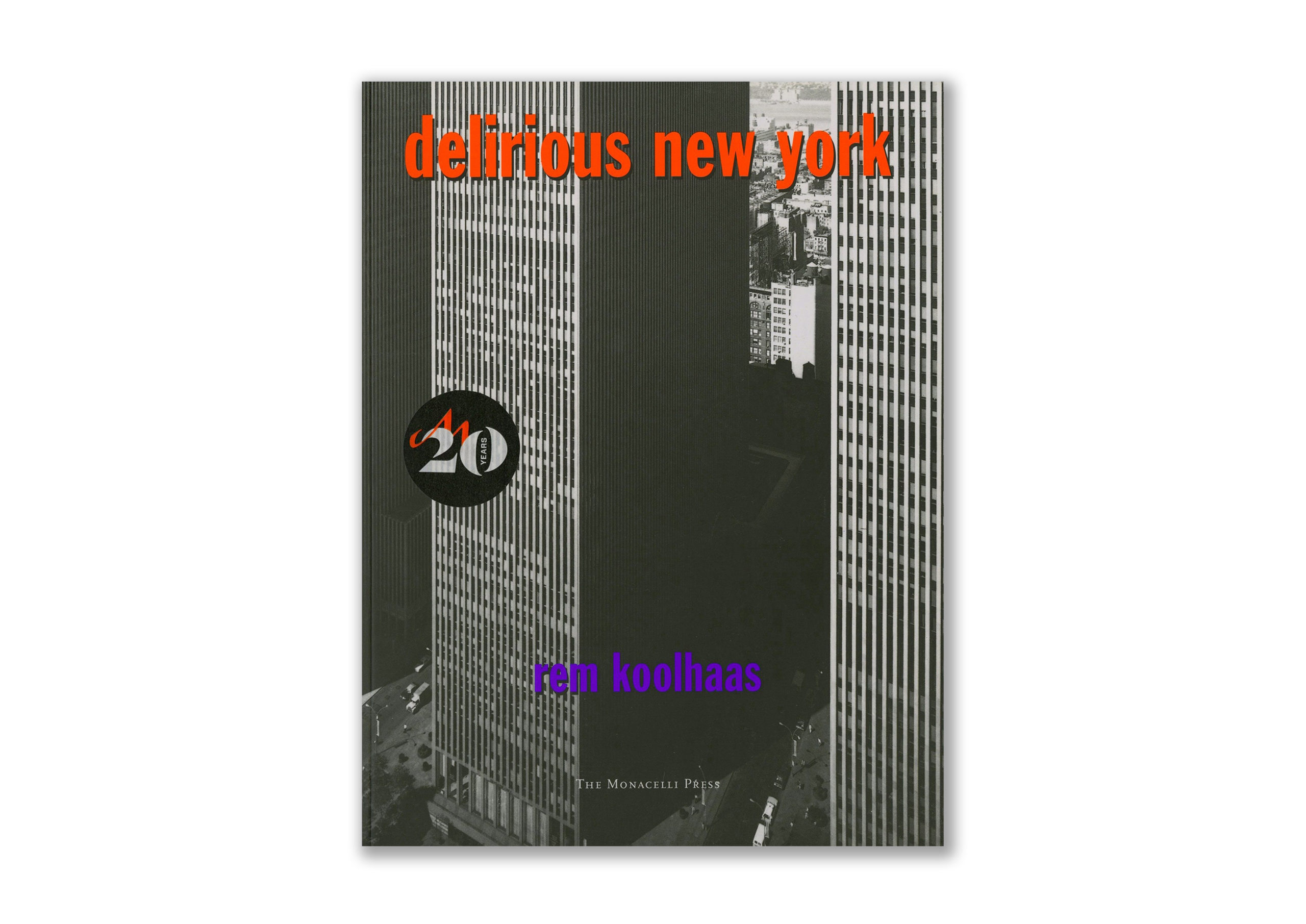VeloVerd La Verneda: Urban Synthesis
Incorporating the principles of Industry 4.0, our architectural project redefines urban living by seamlessly integrating sustainable design strategies with advanced manufacturing techniques. With a focus on promoting bicycle culture and health, our industry manufactures bikes. In this module, we synthesised the previous modules into a holistic design. The design principles from thermodynamics, exosystemic structures, metabolic … Read more

